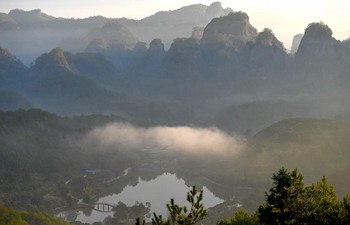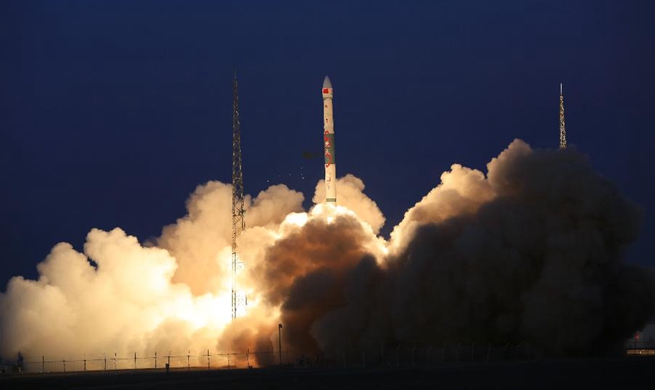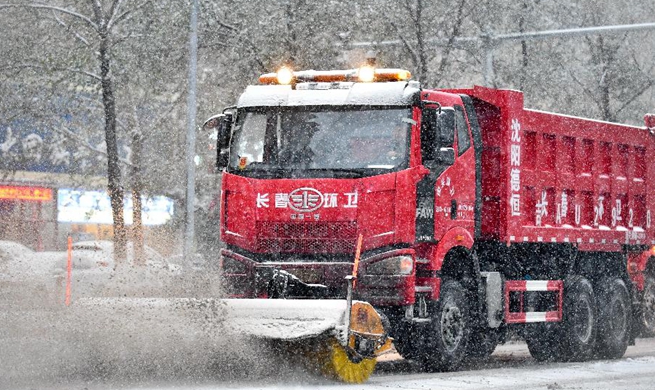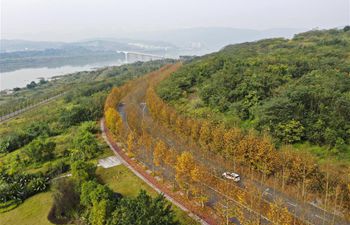MOGADISHU, Nov. 18 (Xinhua) -- Flooding in parts of Somalia has impacted more than 547,000 people, of whom 370,000 have been displaced from their homes, destroying livelihoods and infrastructure in the Horn of Africa nation, the UN said on Monday.
Citing figures from the UN High Commissioner for Refugees (UNHCR)-led protection and return monitoring network, the UN Office for Coordination of Humanitarian Affairs (OCHA) said at least 17 people have been killed since the flooding started on Oct. 21.
"Farmland, infrastructure and roads have been destroyed, and livelihoods disrupted in some of the worst-hit areas," OCHA said in its latest report.
It said humanitarian agencies and their partners have reached at least 105,000 flood-affected people in Somalia but significant gaps remain in the provision of assistance.
According to the UN, the year 2019 has been another tumultuous period for Somali farmers after the last 2019 Gu' season produced southern Somalia's lowest cereal harvest in decades.
The UN agency said humanitarian partners are continuing to expand their operations in Bakool region of Somalia despite a challenging operating environment.
"The worst affected districts are Beletweyne in Hirshabelle State where 231,000 people have abandoned their inundated homes and Bardheere in Gedo region where 55,000 people have been displaced by the floods," said the UN agency.
"In Berdale, South West State, an estimated 30,000 people, many of them women and children, have been displaced by flash flooding due to heavy rains. The town, which is 60 km west of Baidoa, is cut off as most roads are impassable," it said.
The floods were triggered by moderate to heavy Deyr seasonal rains that started early in September in many parts of Somalia and the Ethiopian Highlands, where the Juba and Shabelle rivers originate, according to the Food and Agriculture Organization of the United Nations (FAO)-Managed Somalia Water and Land Information Management (SWALIM).
It said the entire reaches of the Juba and Shabelle rivers have seen high water levels resulting in flooding in Hirshabelle, Jubaland and southwest states.
The UN agency said two perennial rivers in Somalia, the Shabelle, which runs through Hirshabelle and Southwest states and the Juba, which extends the length of Jubaland, require constant maintenance and upkeep, which has been lacking for several decades.













